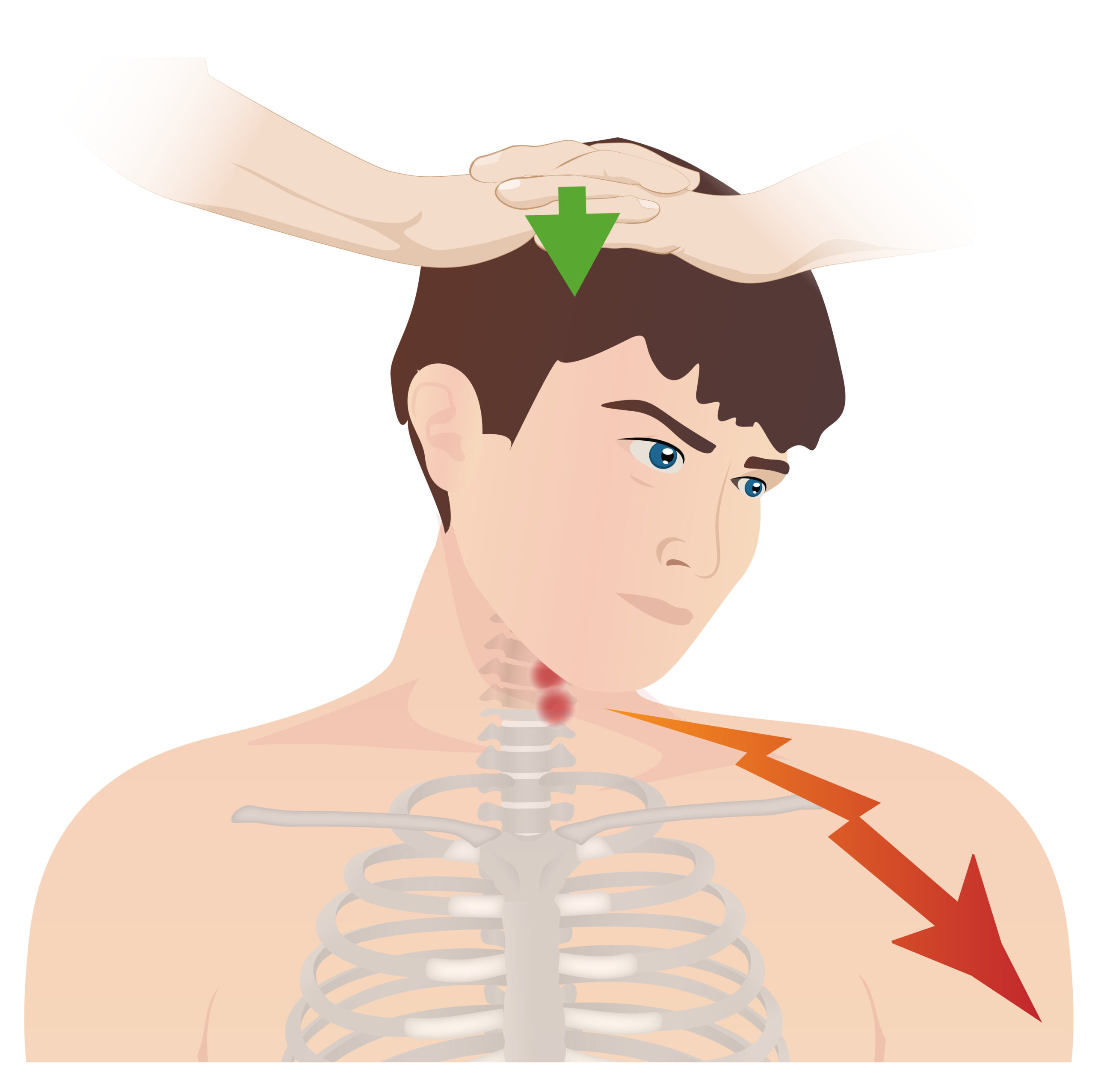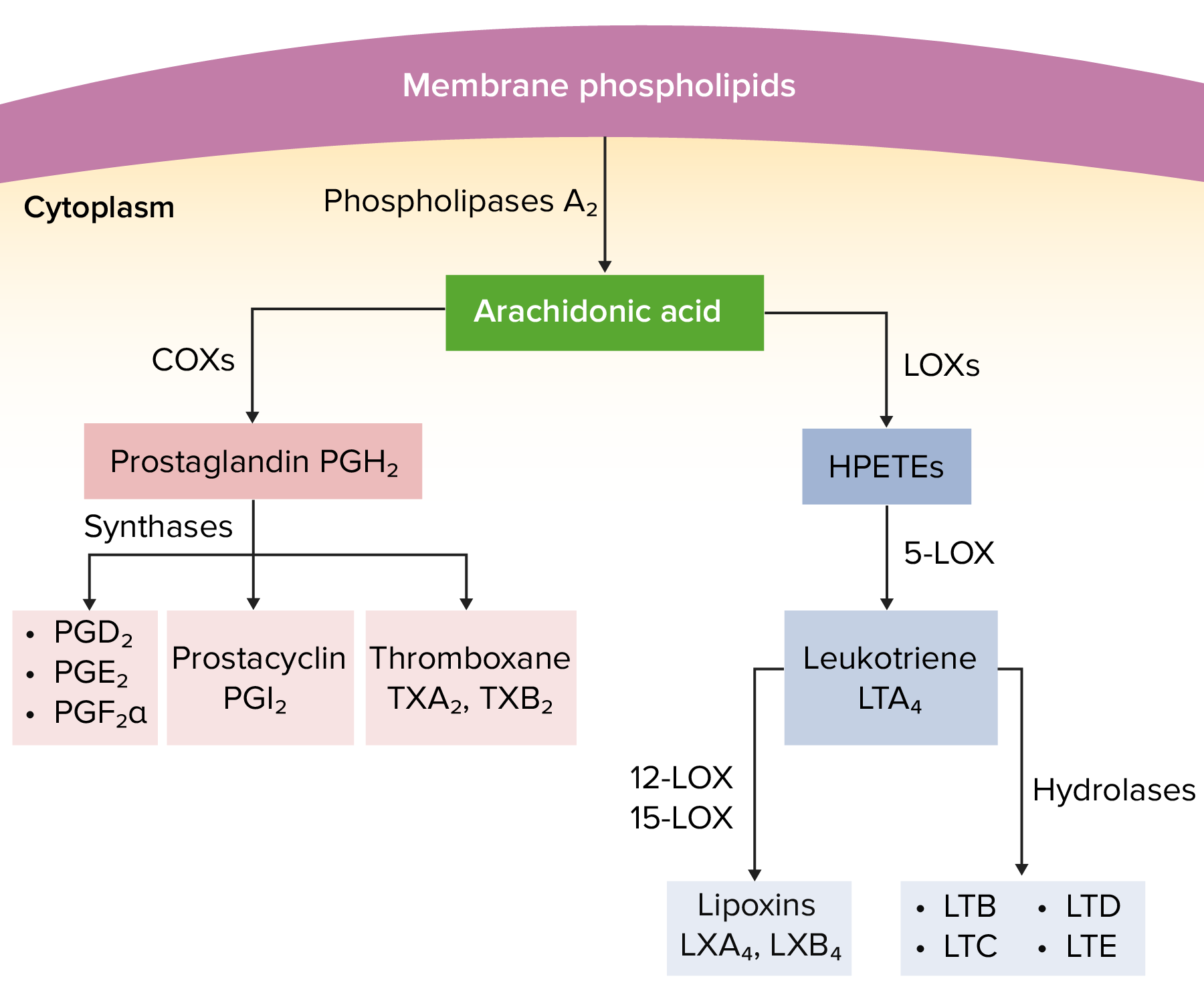Playlist
Show Playlist
Hide Playlist
Thoracic Outlet Syndrome – Neck
-
Slides 26 Neck2 HeadNeckAnatomy.pdf
-
Download Lecture Overview
00:01 This relevant anatomy of the thoracic outlet is useful in understanding thoracic outlet syndrome. 00:10 In thoracic outlet syndrome, there's compression or irritation of brachial plexus elements or there can also be involvement of the subclavian vein or the subclavian artery. What are some of the structural causes of thoracic outlet syndrome and there are several. The first structural cause could be the presence of cervical ribs. Another structural cause could be the presence of fibrous bands running within this region compressing some of these structural outlet elements. 00:59 If there's hypertrophy of the scalene muscles that could then compress or put pressure on the elements passing through the interscalene triangle. So, brachial plexus trunks could be involved here or the subclavian artery could be involved. Another potential cause is the presence of anomalous muscles in this particular region. Then lastly, it's also possible that the Pancoast tumor which is a long tumor could pass superiorly and start to involve structures of the thoracic outlet. 01:43 More specifically, it would be the inferior most structures of the brachial plexus to be involved first. 01:52 That would be the inferior trunk. The roots that joined to form the inferior trunk are the C8 and T1 spinal roots. What are some of the symptoms then of thoracic outlet syndrome? One symptom is numbness and pain along the medial arm, forearm, and fourth and fifth digits. 02:24 This would be due to the involvement of the inferior trunk region of your brachial plexus, the C8 and the T1 dermatomal areas that supply the skin of these regions. Another symptom is muscle weakness in the hand. The intrinsic muscles are innervated by T1. So, if there's compression of the inferior trunk then you can also have muscle weakness of these intrinsic muscles. It's also possible if there's involvement of the subclavian vein that you would decrease venous return to the heart. If that were to occur then you would have swelling of the arm due to that insufficient venous return. Then the last potential symptom would be due to involvement of the subclavian artery. So, if it becomes compressed, narrowed, stenotic then that can lead to pallor and coldness of the upper extremity. 03:44 This X-ray is the same image that was in the introduction slide. The purpose of this radiograph is to demonstrate the bilateral cervical ribs. Again, this is one of the potential structural causes of thoracic outlet syndrome. So if we take a look, here is C7 right in through here. Here, you can see a cervical rib and here is the lateral most point of that cervical rib. 04:21 You can see the opposite cervical rib bending around right in this particular area. 04:30 So again, these have the potential to compress thoracic outlet components.
About the Lecture
The lecture Thoracic Outlet Syndrome – Neck by Craig Canby, PhD is from the course Head and Neck Anatomy with Dr. Canby. It contains the following chapters:
- Thoracic Outlet Syndrome
- Thoracic Outlet Syndrome – Symptoms
Included Quiz Questions
Which of the following is NOT a cause of thoracic outlet syndrome?
- Atrophy of scalene muscle
- Anomalous muscle
- Fibrous bands
- Pancoast tumor
- Cervical ribs
If numbness and pain are experienced along the medial arm, forearm, and 4th and 5th digits, which of the following is involved?
- Inferior trunk of brachial plexus
- Superior trunk of brachial plexus
- Long thoracic nerve
- Surgical neck of humerus
- Posterior trunk of brachial plexus
Which of the following could result from compression of the subclavian artery?
- Pallor and coldness of the upper extremities
- Hyperdynamic pulses in the upper extremities
- None of the above
- Swelling of the face
- Swelling of the upper extremities
Customer reviews
5,0 of 5 stars
| 5 Stars |
|
1 |
| 4 Stars |
|
0 |
| 3 Stars |
|
0 |
| 2 Stars |
|
0 |
| 1 Star |
|
0 |
Since anatomy is a very difficult subject and very vast, I think that Canby does an excellent job at slowing down and being concise. This lecture hits all the key points as well as ask relevant questions to help retain the information.






